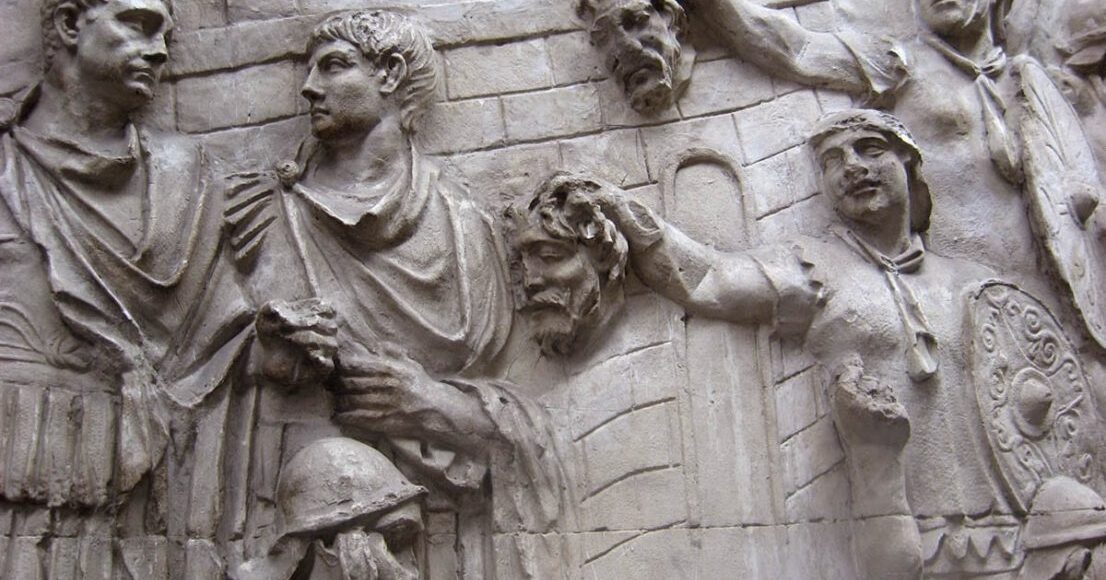The problems of a single story; and another CLOSE LOOKING DAY!
Readings:
- Andrew Curry, “A War Diary Soars Over Rome,” National Geographic, April, 2015. Be sure to spend lots of time looking at the interactive graphic that accompanies the story.
- Chimamanda Ngozi Adichie, “The danger of a single story,” TEDGlobal 2009.
- Choose a scene from the Column and be prepared to discuss it in terms of the idea of a “single story.” If your last name starts with A-L, choose your scene from among those depicting the First Dacian War. If your last name starts with M-Z, choose a scene from the Second Dacian War. Be sure to scroll all around these pages; there are hundreds of images to choose from. Also: once you’ve clicked on an image, you can click on the little “notepad” icon on the bottom right corner of the screen and you’ll get a sentence or two explaining what is represented in the scene.
Model exam answer: Adichies concept of a single story helps us understand what is (and isn’t) shown in the scenes in that it allows us to examine the battle from the other side of the fight. In the various scenes on the column, we only see the Roman interpretation of what happened in the Dacian Wars. We have little to no knowledge of what happened in the eyes of the Dacians and we likely never will since Trajan destroyed almost all traces of Dacian civilization. For example, in the scene I have chosen (scene 24), we can see Romans overpowering the Dacians and crushing them with ease. We see Dacians lying on the floor in pain and Romans parading around the decapitated heads of fallen Dacian soldiers in their mouths. What we don’t see is the valor and courage that the Dacians most likely showed during this fight. While yes, there are some Dacian soldiers that can be seen fighting back, they look as though they have already been defeated internally judging by their facial expressions and are merely fighting so they don’t die. Each Dacian soldier in the scene is either depicted looking up at the Romans from their battle stance (a sign that they are inferior) or dead/dying on the ground. They look as though they have lost the will to fight for anything but themselves. No dead Romans are portrayed in the scene, which makes the Dacians out to be almost inept in combat. To be blunt, they look as though they are weak. This portrayal of the Dacians could not be farther from the truth as the Dacians were a very intelligent and skilled civilization. While they may not have had a written language, they were excellent metal workers and skilled architects. They utilized their mountainous home to create terraces upon terraces within the mountainside. They potentially had a system of trade between the cities that would supply the capital city with grain and gold in exchange for weapons and other metal crafts. This is all missed in the interpretation of the Dacians that is given off by the various scenes. By viewing the Dacians through this Roman lens, we miss out on all the good aspects of their civilization. That is how Adichies concept of a single story helps us understand what is (and isn’t) shown in the scenes on the Column of Trajan.
